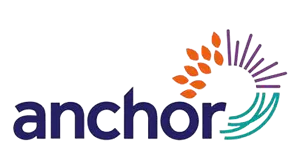With ambitions of ensuring regulatory compliance, mitigating risks, and enhancing collections processes and performance, a UK challenger bank approached Jaywing’s risk and data science experts.
They had some key challenges to overcome first, a key one being the ability to effectively understand the performance of the collections function. The existing collections reports could not be easily automated, underlying behaviours and trends that influenced payments, outcomes and status movements were difficult to comprehend and, finally, the reports couldn’t readily identify links between operational efforts and observed performance, meaning resources and budgets could be wasted.
The bank was keen to establish management information (MI) to address these shortcomings, ensuring that key business stakeholders had the right level of information to understand the drivers of trends within the collections portfolio, and make informed decisions to adjust the collections strategies as required.

To tackle these challenges, our risk and data experts designed and developed a new suite of collections insight reporting to give the bank’s stakeholders the information they need to understand the collections book dynamics and impact of the strategies to drive successful customer outcomes.
To facilitate the report creation, Jaywing designed and built a new data infrastructure, underpinned by data management best practice principles. The infrastructure consisted of a database layer containing raw account, collections activity and payments data which provided a single version of the truth, and a reporting mart layer where data in the database layer was transformed and summarised to provide the required outputs. This new framework provided a holistic view of collections activity and performance and was designed to be easily extendable to support further reporting needs or deep dive analytics.
The reporting suite addressed the key challenges that the bank had been facing, including insight into the level of churn in the collections entries, an understanding of how the risk based strategies influence collections performance, insight into the operational cost of strategies and how effective they are, and a specific champion challenger reporting capability that allows the bank to directly compare the performance of accounts on specific strategies by key metrics to inform decisions on strategy optimisation.
Following this collaboration, the bank will be able to easily answer key questions such as:
- Which outbound and self-serve channels are the most cost-effective to deploy at different stages of the collections journey?
- Which channels should the bank look to invest in further?
- Are the collections resources being used at the right time and against the right accounts?
And, in turn, evolve and enhance its collections strategy.









